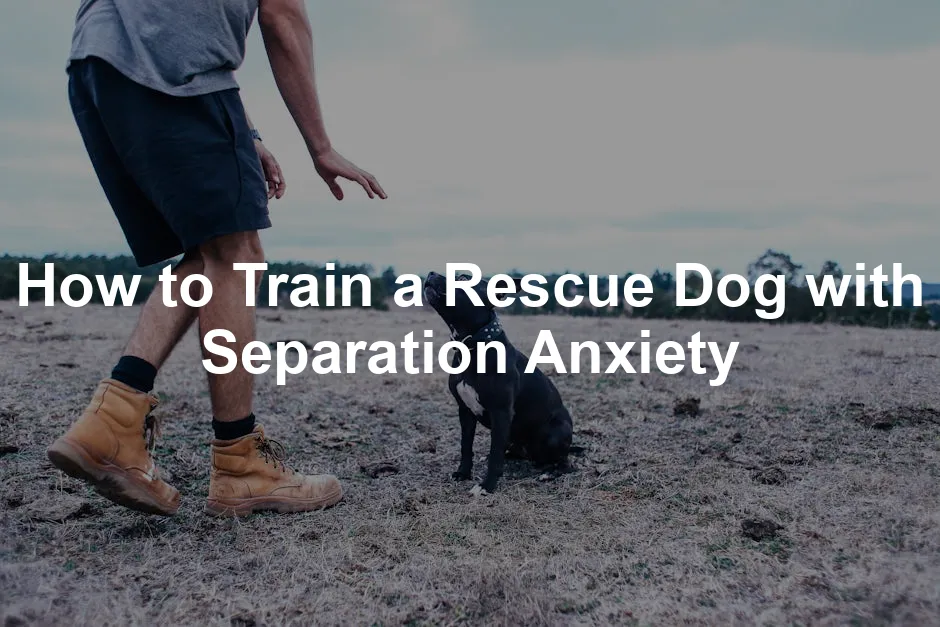Introduction
Separation anxiety is a common issue for rescue dogs. Many dogs, especially those with a troubled past, often struggle when their owners leave. This problem can affect both the dog and the owner emotionally. For the dog, it may lead to distress and destructive behavior. For the owner, it can create feelings of helplessness and frustration.
Understanding these emotional challenges is essential for effective training. Fortunately, with the right approach, you can help your furry friend feel safe and secure. This article aims to provide compassionate, informative strategies to help you and your rescue dog navigate the journey of overcoming separation anxiety.

One way to keep your dog entertained and reduce anxiety is through engaging toys. Consider investing in a KONG Classic Dog Toy. Stuff it with peanut butter or treats, and your pup will be happily distracted while you’re out!
Understanding Separation Anxiety
What is Separation Anxiety?
Separation anxiety in dogs is a behavioral disorder. It’s characterized by excessive distress when a dog is left alone or separated from its owner. Unlike typical behavioral issues, separation anxiety stems from a deep-rooted fear of abandonment. Dogs may bark, howl, or even attempt to escape when they sense their owners are about to leave.
This is not just typical misbehavior; it’s a real emotional response that requires understanding and patience.
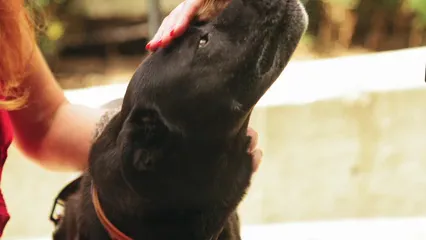
Causes of Separation Anxiety
The causes of separation anxiety are often tied to a dog’s past experiences. Rescue dogs frequently come from environments where they were abandoned or neglected. This trauma can leave lasting scars. Additionally, changes in the dog’s environment, such as moving to a new home or the loss of a companion, can trigger these feelings of anxiety.
It’s crucial to remember that each dog is unique. The factors leading to separation anxiety can vary widely.
Recognizing the Signs
Identifying the signs of separation anxiety is the first step toward helping your dog. Common behaviors include:
- Excessive barking or howling when left alone
- Destructive behavior, such as chewing furniture or digging
- Inappropriate elimination, like urinating inside the house
- Pacing or restlessness when sensing your departure
These behaviors are clear indicators that your dog is struggling with anxiety. Recognizing them early on can lead to more effective training and a happier, healthier dog.
In conclusion, separation anxiety is a significant concern for many rescue dogs. But with patience and the right techniques, you can help your dog feel more secure and confident when left alone. Understanding the disorder’s causes and recognizing its signs are vital steps in this journey.

Preparing for Training
Create a Safe Environment
Creating a safe space for your rescue dog is crucial. This area acts as a sanctuary during training, reducing anxiety and providing comfort. Consider using a designated crate or a quiet room. Make it cozy with soft bedding, familiar toys, and maybe even a piece of your clothing for that added sense of security.
A safe environment helps your dog feel secure, making them more receptive to training. The crate can also serve as a retreat when feeling overwhelmed. Remember, it’s not just about confinement; it’s about creating a haven. A happy dog is a relaxed dog, and a relaxed dog is more likely to respond positively to training efforts.
To make your dog’s crate experience even better, consider a Dog Crate with Divider. It’s the perfect solution to create a comfortable space that grows with your dog!
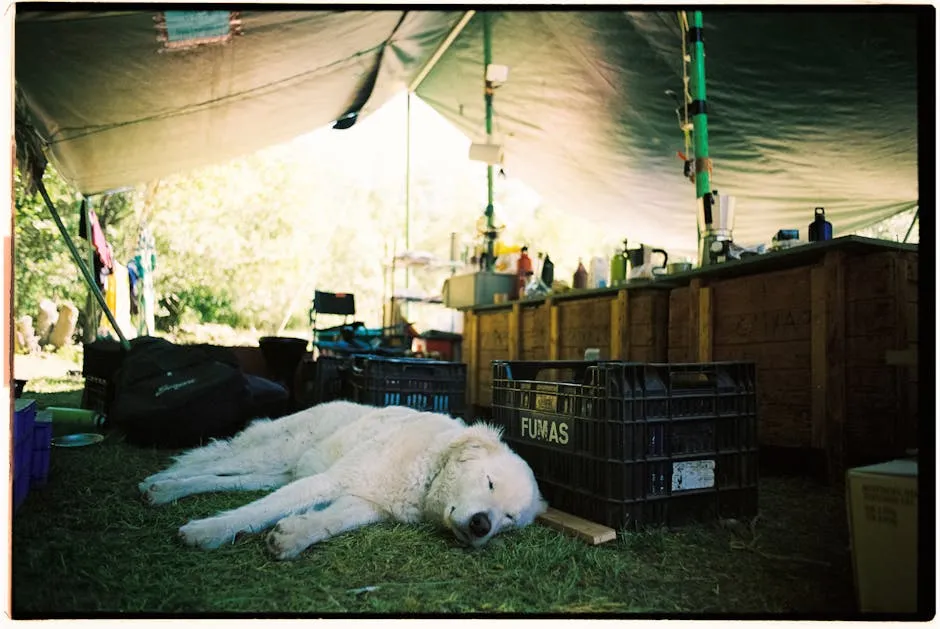
Establish a Routine
Dogs thrive on routine. Establishing a predictable schedule can significantly reduce anxiety. When your dog knows what to expect, they feel more secure. Start with consistent feeding times, regular exercise, and clear departure cues. For instance, always put on your shoes and grab your keys before heading out.
Make sure these actions become part of a routine, so your dog learns to associate them with positive experiences. This predictability helps your dog understand when to expect your return, reducing the stress of uncertainty. A well-structured day makes a happier, more confident pup.

Assessing Your Dog’s Needs
Every dog is unique, especially rescue dogs. Before starting training, assess your dog’s individual needs and temperament. What triggers their anxiety? Are they more sensitive to noise or sudden movements? Understanding these factors is key to tailoring your training approach.
Spend time observing your dog. Look for signs of stress or comfort. This assessment will guide you in developing strategies that work best for your furry friend. Remember, patience is vital. Tailoring your approach to your dog’s specific needs will lead to better results and a stronger bond between you two.
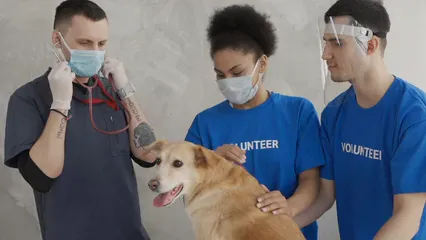
Counter Conditioning
Counter conditioning is a powerful technique to help your rescue dog with separation anxiety. The goal is to create positive associations with being alone. Start by giving your dog a special treat or toy every time you leave. This could be a stuffed KONG filled with peanut butter or a puzzle toy with hidden treats.
As you prepare to leave, offer this distraction. Your dog will begin to associate your departures with something enjoyable. Over time, this can reduce anxiety and make your absences less stressful for them. Always praise your pup for calm behavior during these moments. Positive reinforcement works wonders!

Calming Aids
There are several calming aids available to help soothe your anxious pup. Products like pheromone diffusers, which release calming scents, can create a peaceful atmosphere. These diffusers mimic the natural pheromones that mother dogs produce to comfort their puppies. You can find a great option here: Calming Pheromone Diffuser for Dogs.
Another option is calming music designed specifically for dogs. Soft melodies can drown out the sounds of the outside world, providing a sense of security. You can find playlists online or purchase CDs made for canine relaxation, like the Dog Anxiety Relief Music CD.
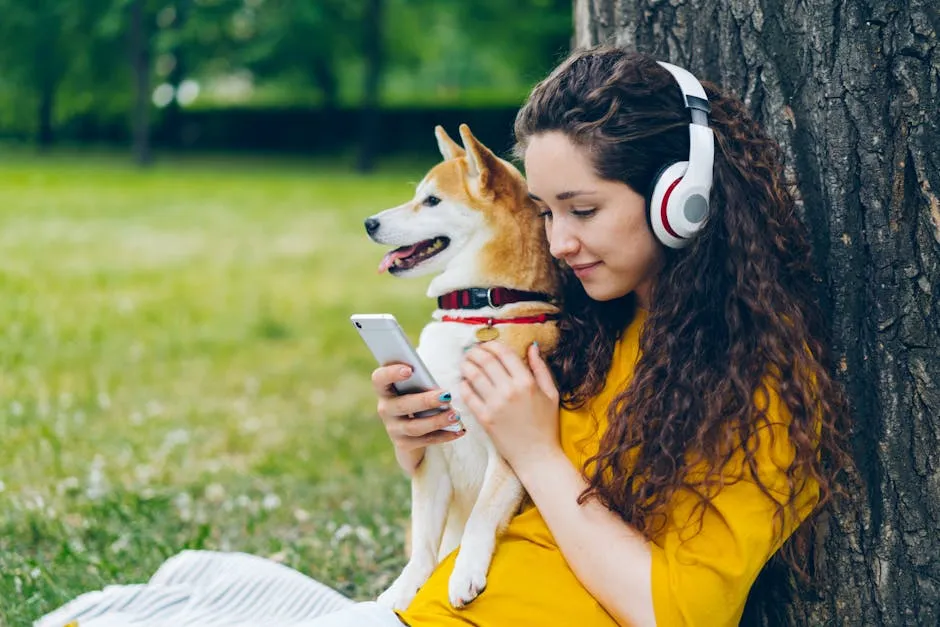
Engaging Toys
Keeping your dog entertained is crucial when they’re alone. Interactive toys can be a game-changer for dogs with separation anxiety. Look for toys that dispense treats as your dog plays. This not only keeps them busy but also provides mental stimulation.
Consider toys like the Nina Ottosson by Outward Hound Dog Puzzle Toy or the classic KONG. These toys challenge your dog to think and work for their rewards. By engaging their minds, you help alleviate boredom and reduce anxiety. Plus, a tired dog is a happy dog!
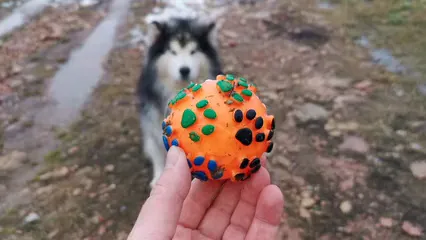
Professional Help
Sometimes, you may need to seek help from a veterinarian or a Certified Separation Anxiety Trainer (CSAT). It’s essential to know when your dog’s anxiety is severe enough to warrant professional guidance. A vet can assess if medication may be beneficial, combined with training techniques.
A CSAT specializes in separation anxiety and can provide a tailored training plan for your dog. Professional guidance can make a significant difference in your dog’s journey toward feeling secure when left alone. Don’t hesitate to reach out for help; it’s often the best step you can take for your furry friend.
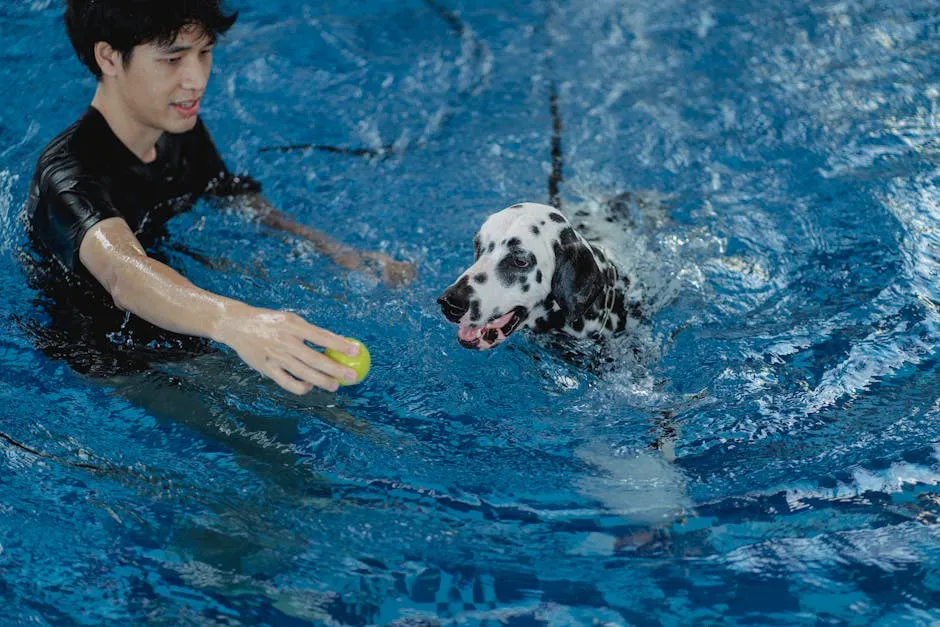
The Role of Medication
Medication should be a last resort when training a rescue dog with separation anxiety. It’s essential to consult your veterinarian before considering this option. Veterinarians can evaluate your dog’s specific needs and determine if medication is appropriate. Remember, medication alone won’t solve the problem. It should be part of a comprehensive training plan.
Your vet can guide you on suitable options that align with your dog’s health and temperament. Many dogs benefit from a combination of medication and behavioral training, leading to a more effective approach. Always prioritize your dog’s well-being by seeking professional advice before making any decisions.
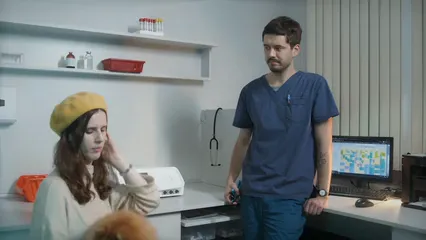
Handling Destructive Behavior
Destructive behavior can be a significant issue when a dog suffers from separation anxiety. Fortunately, there are several strategies to prevent and manage these behaviors. First, create a safe environment before leaving your dog alone. Remove any tempting items that your dog might chew or destroy.
Consider using a sturdy crate or a designated room with limited access to potential hazards. Make this space cozy and inviting with soft bedding and toys.
Provide engaging toys that keep your dog busy when alone. Puzzle toys filled with treats can be particularly effective in distracting them. Rotate these toys regularly to maintain their interest. For added convenience, check out this Dog Treat Puzzle that will keep your pup engaged for hours!
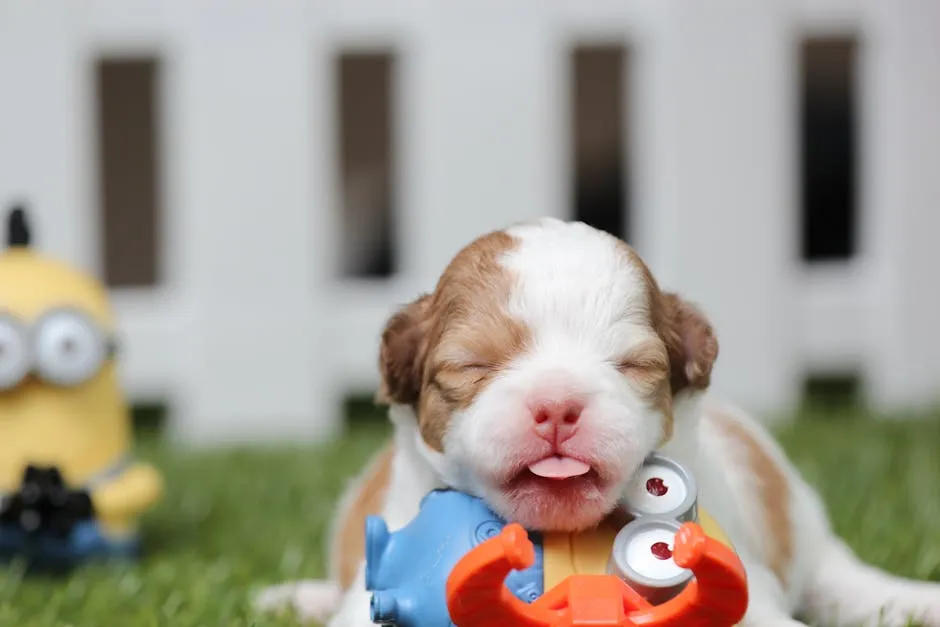
Another tip is to gradually increase the amount of time your dog spends alone. Start with short periods and slowly extend them. This helps your dog become accustomed to being alone without feeling overwhelmed.
And remember, always return home calmly and quietly. Avoid grand greetings or prolonged goodbyes, as this can heighten your dog’s anxiety. By taking these steps, you can help reduce destructive behaviors and create a more peaceful environment for both you and your furry friend.
FAQs
Can separation anxiety be cured?
Ah, the million-dollar question! The answer is a bit of a rollercoaster. Separation anxiety can often be improved, but “cured” isn’t a guarantee. Each case is unique. Some dogs might bounce back quickly, while others take more time. With the right training techniques and plenty of patience, many dogs can learn to feel secure when left alone. A successful approach often involves a combination of gradual desensitization and positive reinforcement. Think of it as teaching your pup that being alone isn’t the end of the world. It may take time, but don’t lose hope! Every little victory counts, and your dog can indeed thrive with consistency and love.
How long does it take to train a dog out of separation anxiety?
Patience is key! Training timelines can vary widely based on your dog’s temperament and the severity of their anxiety. Some dogs show improvement in a few weeks, while others may need several months—or even longer! For instance, a rescue dog with a history of trauma might take more time to adapt than a pup with a milder case. Remember, it’s not a sprint; it’s a marathon. Focus on small, achievable goals, and celebrate every step forward. With time, your furry friend can build confidence and learn to enjoy some alone time.
Should I crate my dog with separation anxiety?
Crate training can be a double-edged sword for anxious pups. On one hand, a crate can provide a cozy, secure space for your dog, making them feel safe. On the other hand, crating can heighten anxiety if your dog associates it solely with being left alone. If you decide to crate, ensure it’s a positive experience. Start by making the crate a fun place—fill it with toys, treats, and comfy bedding. Gradually introduce your dog to the crate without leaving them there for long periods. If your dog shows distress, consider confining them to a smaller area instead, like a cozy room. Every dog is unique, so find what works best for your pup!
What are some quick fixes for separation anxiety?
If you’re in need of immediate relief for your anxious buddy, there are a few tricks up your sleeve. First, consider calming aids. Products like pheromone diffusers or calming sprays can create a soothing atmosphere. Engaging toys are another lifesaver! Stuff a KONG with peanut butter or treats that will keep your dog busy while you’re away. This not only distracts them but also builds positive associations with your departures. Lastly, practice short absences. Start with a quick trip to the mailbox, then gradually increase the duration. This helps your dog learn that you always come back. Remember, consistency is your best friend, so keep at it!
Is professional training necessary?
Professional training can be a game changer, especially for stubborn cases. If your dog’s separation anxiety is severe, enlisting the help of a Certified Separation Anxiety Trainer (CSAT) can provide tailored strategies that cater specifically to your pup’s needs. A professional trainer can offer insights and techniques you might not have considered. They can help you create a structured plan that promotes success. If you feel overwhelmed or if your training efforts aren’t yielding results, don’t hesitate to seek out expert advice. After all, you and your dog deserve all the support available!
Please let us know what you think about our content by leaving a comment down below!
Thank you for reading till here 🙂
For more information on how to address this issue effectively, check out Understanding and treating canine separation anxiety.
All images from Pexels

